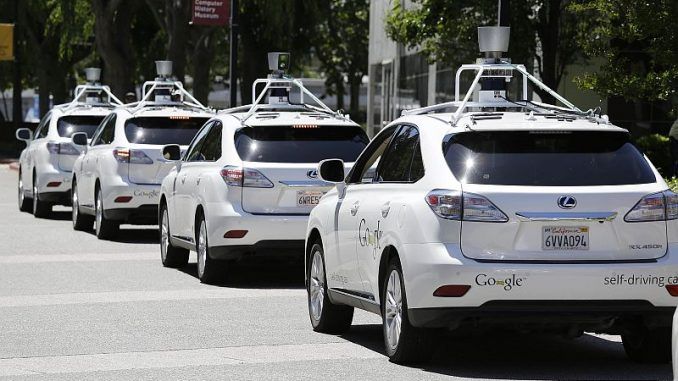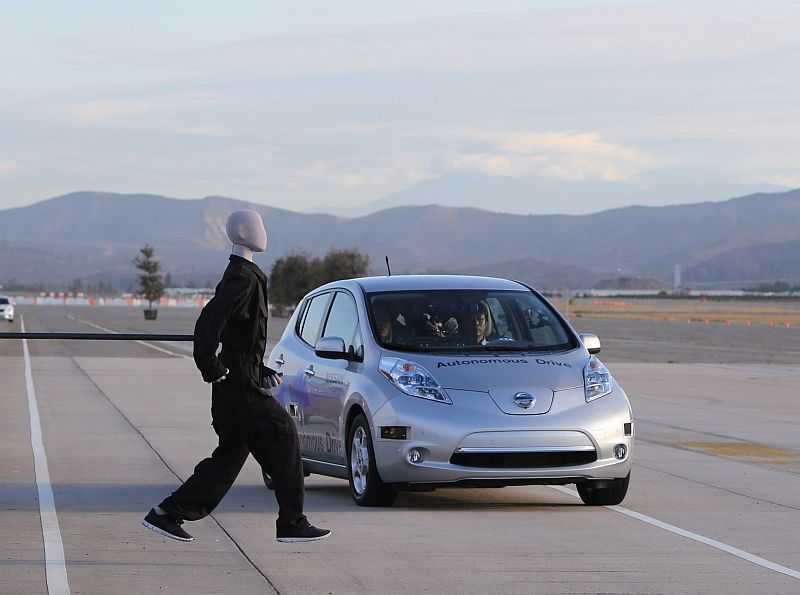
A Google self-driving SUV was rear ended by a human driver while waiting at a traffic light in California.
The accident happened at a Mountain View traffic light junction in California as a sensor-fitted Lexus SUV driven by Google robotics was hit from behind by a distracted human driver.
The self-driving autonomous car managed to measure the speed of the offending vehicle at 17mph prior to impact, and also reported it as failing to apply its brakes. The responsible human driver and the occupants of the robotic car suffered minor injuries.
There are now calls for the robotic self driving Google cars to hoot their horns to alert inattentive human drivers to avoid future accidents. So far all accidents involving autonomous cars have been the result of human negligence.
Engineering and Technology Magazine reports:
There were three people in the self-driving car at the time of the crash, who all say they suffered whiplash injuries. Californian law requires a human driver to be present behind the wheel even if not controlling the car. In addition to that, one engineer with a laptop is usually present aboard a self-driving Google car, monitoring data. In this case, there was one more passenger in the back seat.
Google said the self-driving car was in a queue of vehicles approaching a busy junction on 1 July, travelling at about 15mph.

BYPASS THE CENSORS
Sign up to get unfiltered news delivered straight to your inbox.
You can unsubscribe any time. By subscribing you agree to our Terms of Use
The first car in the queue stopped despite having a green light as traffic on the other side was not moving. Another car in front of the Google car as well as the Google car itself stopped behind the first vehicle but after about a second a fourth car emerged and rear-ended the Google car at 17mph.
Google said data from its on-board sensors indicated the oncoming car did not brake.
The crash damaged the autonomous car’s rear bumper as well as the front bumper of the culprit’s vehicle. The driver responsible for the incident sustained minor neck and back injuries.
The crash is the first involving Google’s self-driving cars that caused injury to the people involved. However, Google emphasised that, similarly to the previous 13 incidents, it was the other, human-driven vehicle and not the Google car which was responsible.

In a blog posted yesterday, Chris Urmson, who heads Google’s self-driving car programme, said the autonomous SUVs were being hit surprisingly often by distracted human drivers not paying attention to the road.
Urmson further said his team was considering whether the driverless cars themselves could do something to alert the distracted drivers ahead of a possible collision. While honking a horn may be an obvious possibility, Urmson admitted that such a solution would probably not be appreciated by Mountain View residents.
Google has been experimenting with self-driving cars since 2009. Since then, the vehicles have clocked up about 1.9 million miles.
In 2011, a Google employee took a car to run an errand and rear-ended another vehicle while the Google car was out of self-driving mode.

